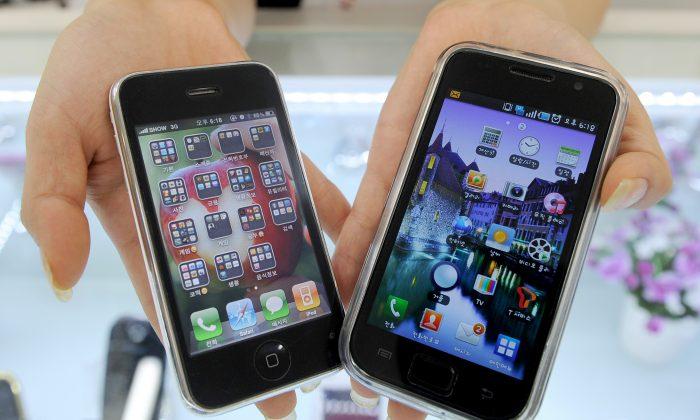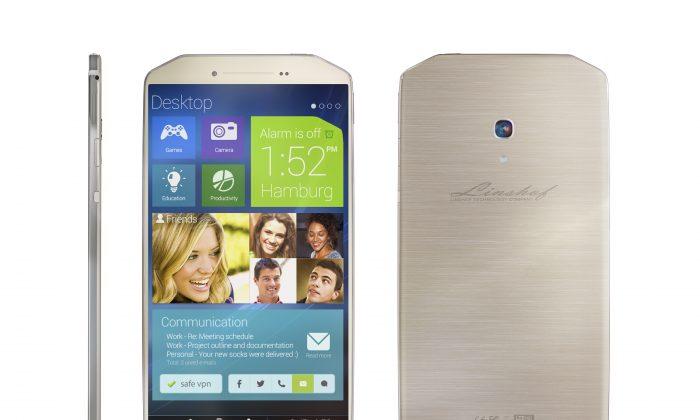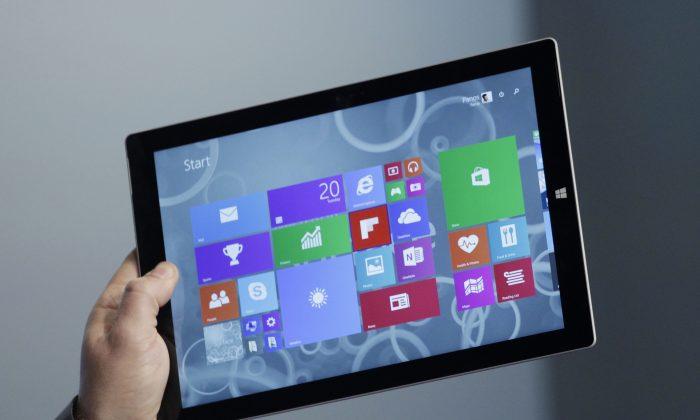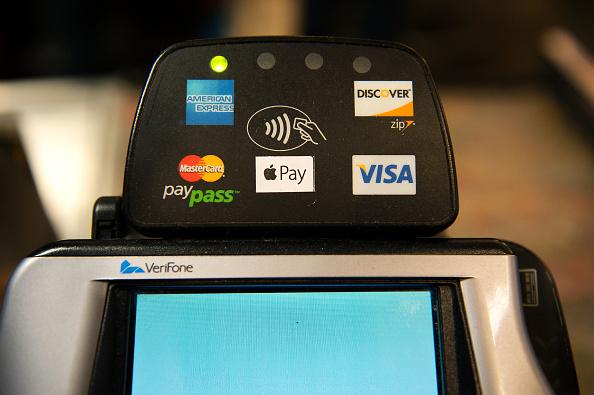Have you ever wanted to replace a single part on your smartphone without replacing the whole thing—a higher-resolution screen perhaps, or a better keypad, or a new central processing unit (CPU)?
3-D Systems and Motorola announced an agreement Friday to develop modular cell phones that can be upgraded using 3-D printers.
Project Ara is currently in a test phase, and if it proves viable, this technology could soon be available at a shop near you.
“With Project Ara, we asked the question, ‘How do we bring the benefits of customization and an open hardware ecosystem to 6 billion people?’ That is our driving application,” said Regina Dugan, Senior Vice President and head of Motorola’s Advanced Technology & Projects group in a company press release.
Ara was first made known to the public in the official Motorola Blog in October.
The project got under way after the MakewithMoto team’s crosscountry make-a-thon had concluded, and a plan was hatched on how to bring these great ideas to the masses, wrote Motorola.
The goal of Ara is to make the relationship between users and developers of smart phones more reflective of personal choice.
3-D printing is revolutionizing the manufacturing process.
Tharwat Fouad, president and owner of Anubis 3-D, told the Financial Post: “When a Canadian company can manufacture iPhone covers [using 3-D printing] at a price that allows them to be sold profitably in China, you know that the technology has arrived.”




